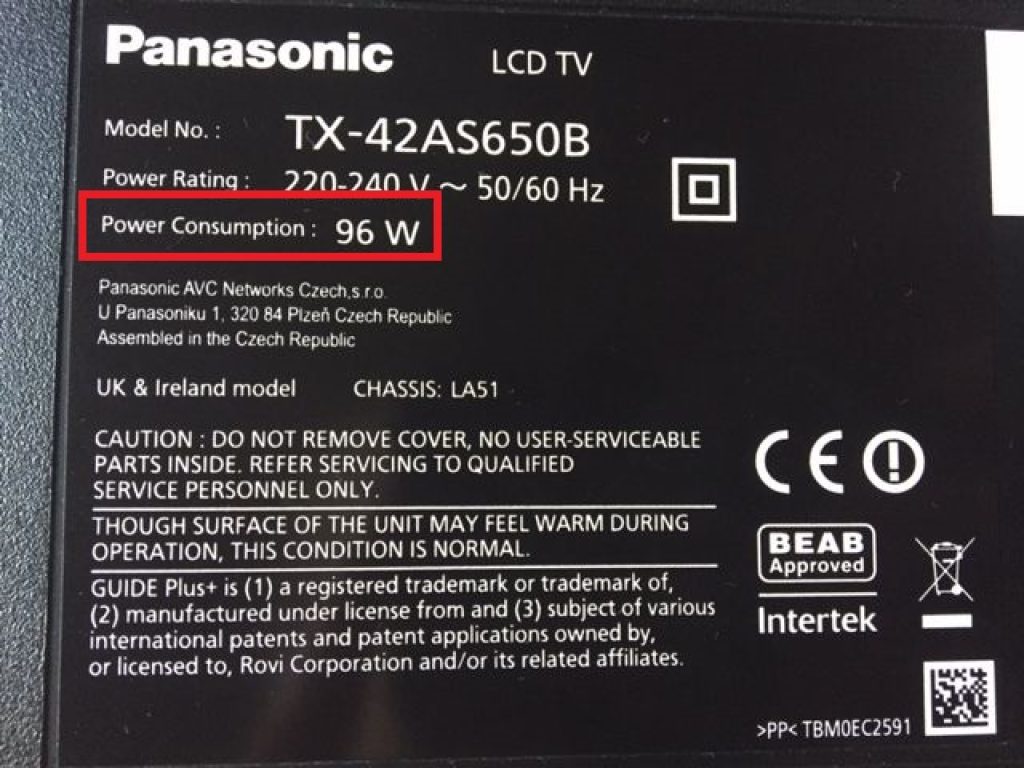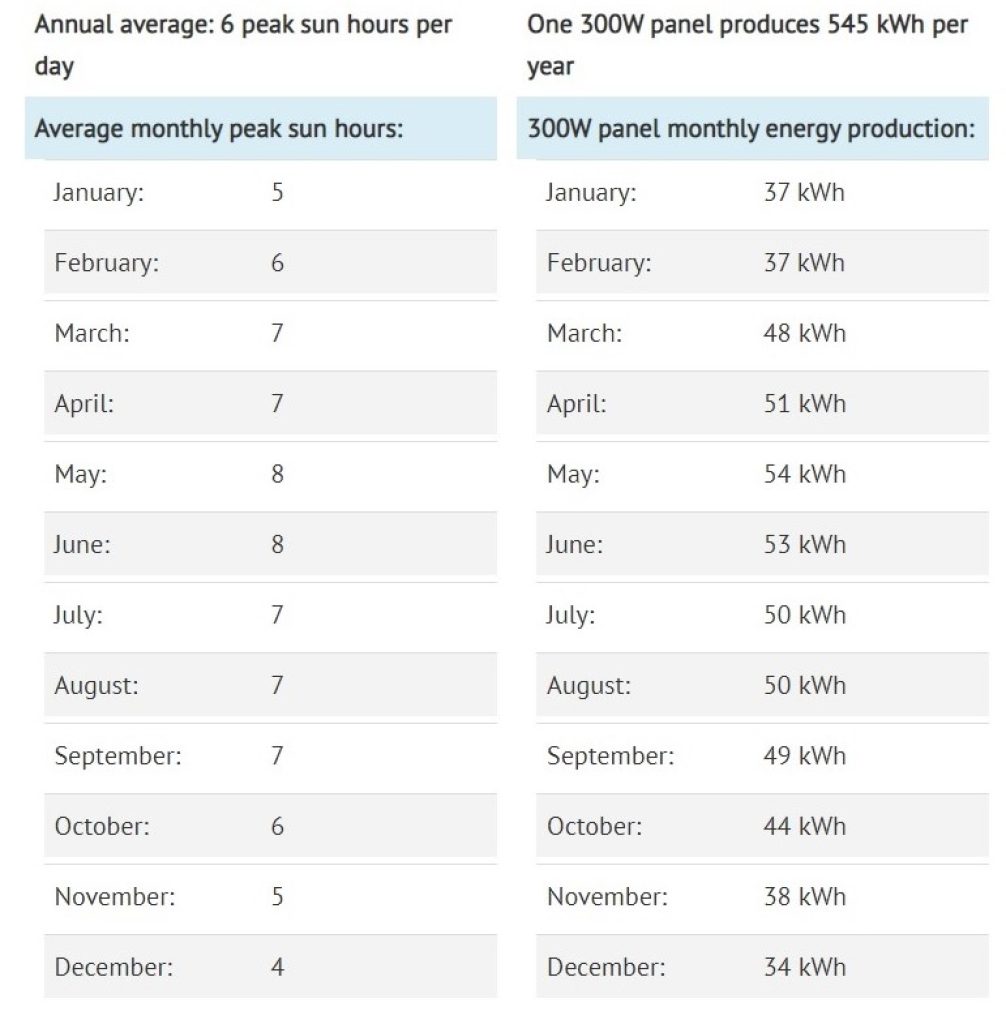.
.
.

. . . . .
A 300-watt photovoltaic panel is a popular option for domestic solar energy systems– it can produce a fairly high quantity of energy, enough to run a number of your normal home devices.
However let’s get particular here. What type of devices can you anticipate to keep up a 300-watt photovoltaic panel?
Let’s learn!
Climatebiz specialists style, research study, fact-check & & modify all work diligently.
Affiliate Disclaimer
Climatebiz is reader-supported. We might make an affiliate commission when you purchase through links on our website.
DELTA Max + 110W $ 600 Off
Utilize our voucher code to get this restricted offer from EcoFlow while it lasts. Back up your house throughout power blackouts with the DELTA Max + 110W photovoltaic panel.
What can a 300-watt photovoltaic panel run?
A 300-watt photovoltaic panel is at the upper end of what you might anticipate from an average-size photovoltaic panel. It can produce a substantial quantity of energy to run different home devices.
So, what sort of devices can you anticipate it to run?
The day-to-day average energy output of a 300W photovoltaic panel permits it to power any little portable gadget. Some examples consist of:
- Laptop computer battery chargers.
- Phone battery chargers.
- Camera/drone battery chargers.
- Tablets.
- Fans.
- Router.
- Lamps.
Now, what about the more “power-hungry” devices? Can they power fridges, Air conditionings, freezers, microwaves, and hairdryers?
To address these concerns, we require to look carefully at just how much power a 300W photovoltaic panel can produce and just how much power these devices need.
How to identify what a 300W photovoltaic panel can run
To identify whether your 300-watt photovoltaic panel can run a specific home appliance, you require to develop just how much energy (in Wh) your panel produces and just how much power (in W) your home appliance takes in.

Example
Typically, your 300-Watt photovoltaic panel produces 1000Wh (1kWh) daily.
Can you run a television with a power usage of 100W with this panel? The response is yes. In reality, you ‘d have the ability to power your television for about 10 hours. Here’s how we understand:
Energy (Wh) = Power (W) x Runtime (h) â´ Power (W) = Energy (Wh)/ Runtime (h) â´
Runtime (h) = Energy (Wh)/ Power (W)
For That Reason,
Runtime (h) = 1000 Wh/ 100 W = 10 hours
Associated reading: kW vs. kWh (An Energy Professional Describes The Distinction)
300-watt photovoltaic panel power chart
The following table represents the devices a 300-watt photovoltaic panel can run.
The table thinks about the typical day-to-day energy production of a 300W photovoltaic panel (1.1 kWh) based upon the typical day-to-day peak sun hours in the U.S. and the typical wattage of typical home devices.
| Devices And Their Typical Wattages | Can A 300 Watt Photovoltaic Panel Run It? |
|---|---|
| LED Light (9 W) | â |
| Wi-Fi Router (10 W) | â |
| Phone Battery Charger (5 W to 20 W) | â |
| Tablet Battery Charger (10 W to 30W) | â |
| Drone/ Video Camera Battery Charger (40 W) | â |
| Laptop Computer Battery Charger (60 W to 100W) | â |
| Electric Fan (60 W) | â |
| Little Portable Refrigerator (85 W) | â |
| Water Filter Cooler (90W) | â |
| Water Pump (100W) | â |
| TELEVISION 50 â³ (150W) | â |
| Medium Refrigerator (150W to 300W) | â |
| Big Refrigerator with Freezer (400 W to 500W) | â |
| Mixer (600 W to 800W) | â |
| Hair Clothes Dryer (1000 W) | â |
| Microwave (1300 W) | â |
| Vacuum (1400 W) | â |
| Cleaning Maker (1400 W) | â |
| Coffee Machine (1400W to 1500W) | â |
| Portable Heating Unit (1500 W) | â |
| air conditioner system (1600 W) | â |
| Air Fryer (1700 W) | â |
| Clothes Dryer (2300 W) | â |
â = Yes and â = No
Just how much energy does a 300-watt photovoltaic panel fruit and vegetables?
Not all 300-watt photovoltaic panels will produce the very same energy output. This is due to the fact that photovoltaic panel output depends upon the quantity of solar irradiance that reaches the panel, which in turn, differs according to a number of aspects, consisting of:
- Area.
- Season.
- Tilt/angle.
- Photovoltaic panel performance.
Utilizing the typical peak sun hours for each state, we can approximate that the energy produced by a 300W photovoltaic panel in the U.S. differs from 0.85 kWh to 1.37 kWh, depending upon your area.
For that reason, the day-to-day average energy production of a 300-watt photovoltaic panel in the U.S. is 1.1 kWh each day or 401 kWh each year.
However how can you quote photovoltaic panel energy production?
There are a number of methods to set about this. Here are a few of the most fool-proof techniques:
1. Utilizing The Climatebiz Solar Calculator
You can utilize our solar calculator to approximate just how much energy a 300-watt photovoltaic panel will produce at your area.
Example
We approximated the energy production of a 300W photovoltaic panel in Nevada. Our solar calculator suggested that it produces around 545 kWh each year. This corresponds to an everyday average of 1.49 kWh.

Associated reading: Photovoltaic Panel Energy Production (State-by-state)
2. Utilizing Peak Sun Hours (PSH)
You can discover the typical peak sun hours (PSH) for your state ( see our list) and use it to the following formula:
Photovoltaic Panel Energy Output (Wh) = Photovoltaic Panel Wattage (W) x Variety Of PSH (h) x 80%
Keep in mind to our readers: We increase the outcome by 80% to represent system ineffectiveness. In real-life conditions, a 300W does not produce exactly 300W per hour of sunshine. This figure is constantly a bit less due to undesirable conditions, such as shading, non-optimal angles, temperature level, and so on
Example
The typical PSH in California is 5.2 hours. For that reason, a 300W panel will produce an everyday average of 1,248 kWh:
Photovoltaic Panel Output (Wh) = 300 W x 5.2 h x 80% = 1248 Wh = 1,248 kWh
For New Jersey, nevertheless, the typical day-to-day PSH is 4 hours. For that reason, a 300W panel will produce an everyday average of 9,6 kWh.
Photovoltaic Panel Output (Wh) = 300 W x 4 h x 80% = 960 Wh = 9,6 kWh
3. Utilizing PVWatts
PVWatts is an online calculator established by the National Renewable Resource Lab ( NREL) that assists you approximate solar power production.
To utilize it, fill out your details, such as your area, photovoltaic panel wattage, and so on, and the calculator will reveal you just how much energy your system can produce every month.
We utilized PVWatts to approximate the energy production of a 300-watt system in Arizona. Here are the outcomes:

Source: Climatebiz
As you can see, solar radiation can differ substantially throughout the year. In May, the typical energy production was 54kWh, equivalent to 1.74 kWh each day. In January, nevertheless, energy production was 1.16 kWh each day.
Last Ideas
A 300-Watt photovoltaic panel can produce 1.1 kWh day-to-day (in the U.S.), enough to run numerous home devices and portable gadgets.
Nevertheless, it is very important to keep in mind that this number can differ substantially according to your area and the time of year.
For a more precise number, you can use your area’s typical day-to-day peak sun hours (see our list) to the formula formerly displayed in this post. Additionally, you can utilize an online solar power calculator, such as the PVWatts, established by the NREL or our Climatebiz solar calculator
Understanding just how much energy your 300-watt photovoltaic panel can produce day-to-day and just how much power your devices take in, you can determine if the energy suffices to run your devices and the length of time they will run.
Lastly, a 300W photovoltaic panel is a wonderful alternative for domestic applications and those who require to produce power on the roadway. For the latter alternative, you can discover light-weight 300W photovoltaic panel designs in compact sizes, such as the Bluetti design, the Objective No, and the AlphaESS
.
